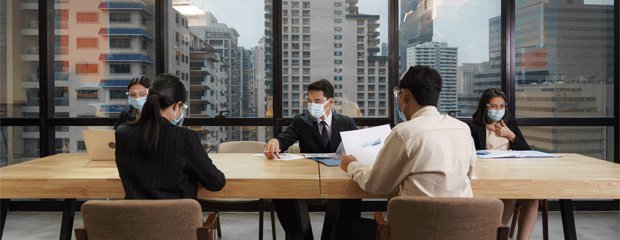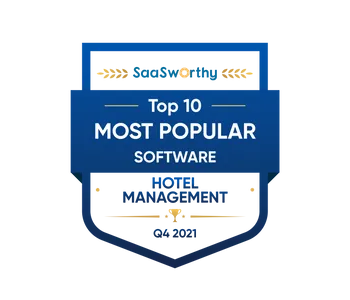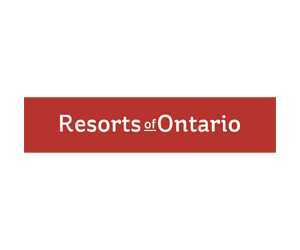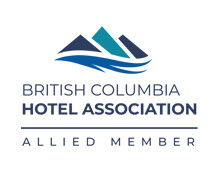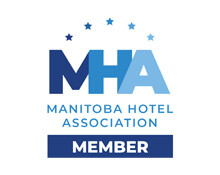With COVID-19 vaccines rolling out, travel confidence is slowly returning. That’s great news, but many hotels rely on more than just room sales to generate revenue. In addition to finding ways to safely get heads back in beds, hoteliers need to make a plan to safely start tapping back into their other major revenue streams, and for many that means finding ways to reopen their space to meeting and event hosting. Here are six tips for doing just that:
Follow guidelines
Before you can start preparing to reopen your venue to events, be sure to consult (and remain apprised of) all local, state, and federal regulations pertaining to group gatherings. Most regions have guidelines with group size limits and spacing requirements. It’s important to heed these rules to keep all clients and staff safe.
Start small and local
It’s going to be a while before people can start attending large-scale gatherings so any comeback for venues should begin with small events where social distancing can still be practiced. Consider dividing large event spaces into smaller ones that can be rented out separately. Determine the maximum group size that can safely fit within each new space you create and then be sure it’s clearly advertised.
As with overnight guests, it’ll be prudent to focus your attention on the local meeting and event market for at least the near future. Restricted travel and reduced budgets will likely keep people closer to home so groups within your community and region should be the focus. What sort of market you can tap into will depend on both your space and locality, but current regulations could actually offer some new opportunities. Nearby offices and local businesses may not have the space necessary to safely host meetings and conferences. Consider offering bookings by the hour to accommodate these potential clients.
Implement appropriate safety and sanitation procedures
Reopening any aspect of your business right now requires big changes in the name of staff and patron safety. Frequent cleaning of high touch-point areas—like door handles, table tops, and any technology used by groups—is essential, as is adjusting room layout to facilitate social distancing and create a flow to the space that reduces cross-contamination. You’ll also want to consider providing hand sanitizer, taking temperatures upon entry, and adding floor markers for spacing in areas where people may be required to wait.
Set up the right technology
Remote working and telecommuting were already on the rise before COVID-19 hit—the pandemic just accelerated the transition. Many people are now beginning to get back into the office but it’s likely that companies will continue to offer remote working options moving forward. You should be thinking about how your venue can cater to groups consisting of both physical and virtual attendees. That means ensuring you have the audio and visual equipment necessary for webcasting and videoconferencing, and the bandwidth to sustain it.
Change your F&B strategies
If you offer any sort of F&B at your venue, you’ll need to make some adjustments to ensure the safety of your guests. Buffet-style service should be swapped out for individually served meals. If you have a self-serve pantry, consider keeping a lower stock on display (and then restocking more frequently) to reduce the number of people coming into contact with each item.
Make booking simple and transparent
Focusing on smaller groups and meetings means you likely won’t be dealing with corporate bookers. Whoever is looking for a venue probably won’t have the time for multiple rounds of negotiations. Include pricing for M&E packages online to make bookers’ lives easier.
As restrictions begin to lift, it is time to start looking forward and finding ways to safely open back up for business. If done carefully that can include reopening your property to meeting and event hosting. Good luck!
